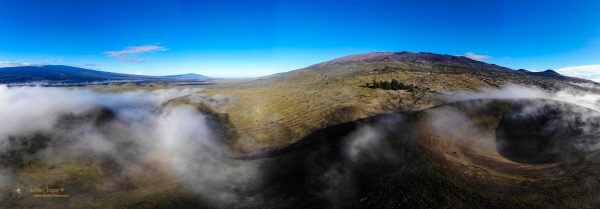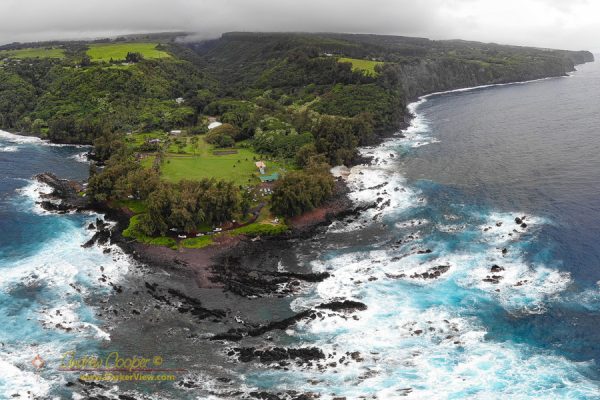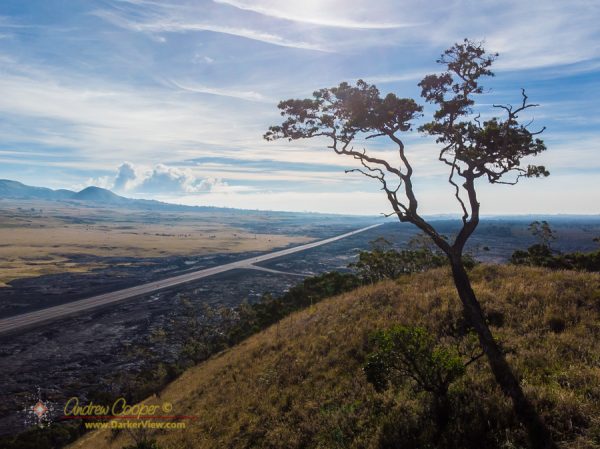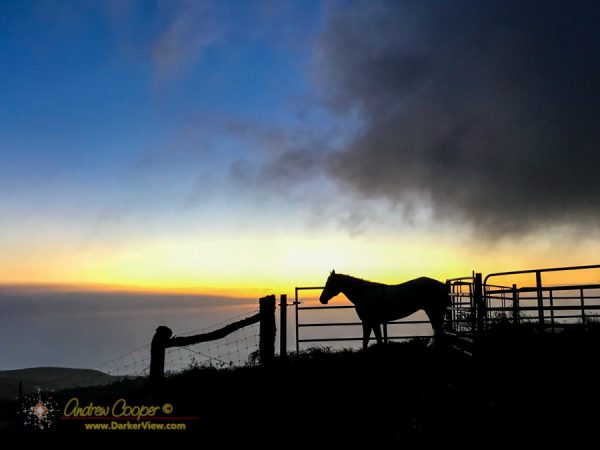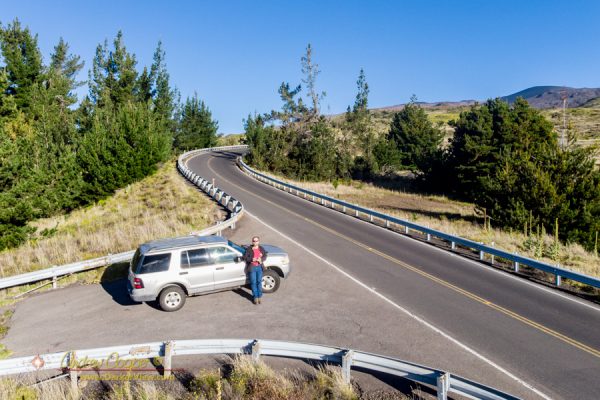
Category: Drone
Mauna Kea Morning Air
Inside Passage… One Last Time
OK, you can stop asking for the new Inside Passage video… It is done!
It has bears! Whales! Sea lions! Grizzly bears! Aurora! Lots of drone footage! More bears!
Actually the video came together pretty well. I already had a piece of music picked out, that saved a great deal of trouble. Nearly four weeks on the water meant a great deal of photographic material to work with. As usual the Inside Passage provided plenty of photographic opportunity, particularly the first week when is seemed like even the wildlife was performing on cue.
And there were lots of bears…
The Mavic Air QuickShots
One of the compelling features of the DJI Mavic drones are the quick shot capabilities. These are programmed maneuvers that the drone performs while rolling video. Properly used these pre-programmed shots can be stunningly effective.
The Mavic Air Panorama Modes
One of the most useful features of the Mavic Air are the built in panorama modes. These are pre-programmed maneuvers, like the quick-shots, that take a series of exposures to stitch into a single frame.

There are two panorama modes I find myself using regularly. The spherical and horizontal modes both offer a view from the drone that overcomes the limitations of the camera.
Laupahoehoe
Flying a Drone in Canadian Airspace
OK, I have the FAA rules for operating a drone figured out. What about Canada? As I will be voyaging along the Inside Passage this month I intend to fly in Canadian airspace. The scenery of the wild British Columbia coastline is just too fantastic to pass up, particularly from the air.

Rules for drones in Canada are the responsibility of Transport Canada, the equivalent of the US Federal Aviation Administration. TC maintains a very nice set of web pages covering drone rules and regulations. There is even a nice PDF page that summarizes the rules.
In general Canadian drone rules are much more restrictive than the FAA drone rules. For example the range limits are 90 meters above ground, notably lower than the US 400ft rule. Operation must be at a maximum range of 500m, where the US allows up to visual line-of-sight, potentially several miles.
Saddle Koa
B4UFly and AirMap
Learning where you can, and cannot fly is a basic part of learning to pilot a drone. To aid this there are several mobile applications that a pilot can use to check the airspace status of a potential flying site. Just scroll that map and select a site to see the warnings.

I have downloaded and used both for flight planning applications around the island. The island of Hawaiʻi offers some spectacular scenery that has made learning to fly the drone quite enjoyable.
Basically the official FAA B4UFly application sucks. A blunt expression, but appropriate, it truly does.

